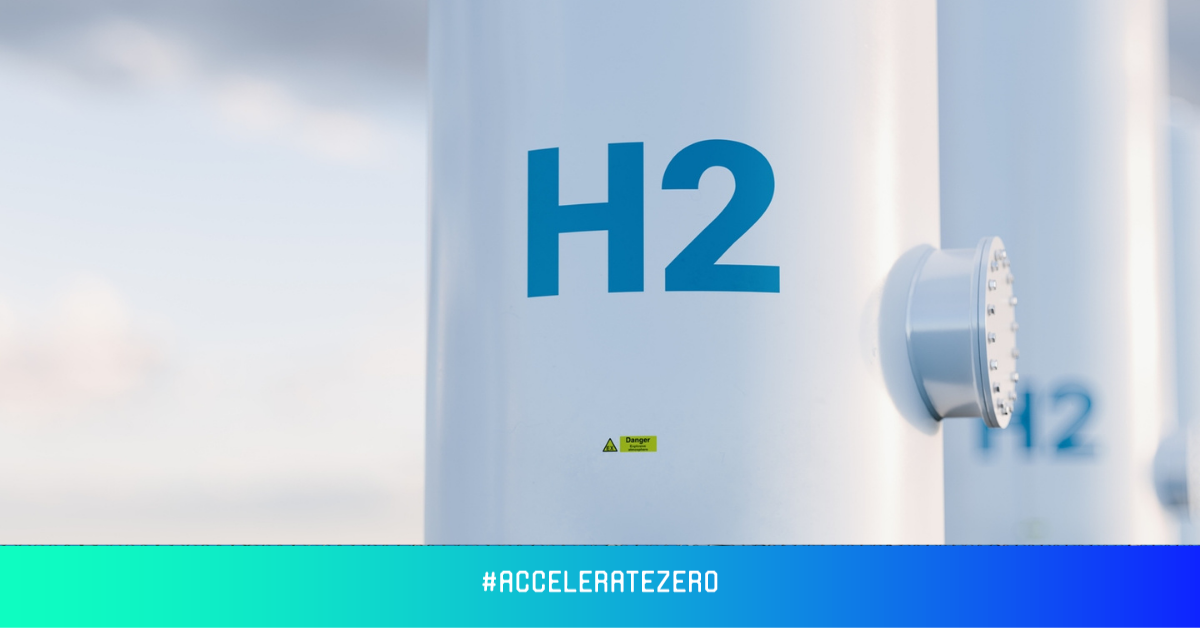May 25, 2021 7:30:02 PM
Editorial Team

Over the last couple of years, the buzz around ‘green hydrogen’ and its potential to be the fuel of the future has never been louder.
A Goldman Sachs study has predicted that green hydrogen has the potential to give rise to a US$10 trillion addressable market globally for the utilities industry alone and supply up to 25% of the world’s energy needs by 2050. To date, a number of countries have already published their respective national hydrogen strategies including Australia, New Zealand, Japan, Portugal, Spain, South Korea, Chile, Germany, and the EU. But what exactly is green hydrogen?
Hydrogen is the most abundant element in the world. Ironically, it cannot be harnessed for free, and it requires energy to remove the impurities.
A standard method is to take out hydrogen from water. You can use heat and chemical reactions to liberate hydrogen from organic sources like fossil fuels.
However, this will cause a lot of pollution. Currently, global production of hydrogen accounts for CO2 emissions of around 830 million tonnes per year, equivalent to the CO2 emissions of the United Kingdom and Indonesia combined.
Fortunately, there is a way for hydrogen to be produced without polluting the environment. This method is called electrolysis. It involves passing a high electric current via a water container, which cleaves the water molecule into its components – hydrogen and oxygen. The atoms of each element combine to form molecules – hydrogen molecules and oxygen molecules. Each of them is then kept separately.
If the source of the electricity is sustainable, such as solar or wind, it implies that hydrogen has been produced sustainably, without the emission of toxic greenhouse gases. This then potentially makes green hydrogen the fuel for the future.
Today, there are a few variants of hydrogen:
Brown hydrogen - generated using coal, and the emissions escape into the atmosphere.
Grey hydrogen - generated from natural gas, and the component emissions are released into the atmosphere.
Blue hydrogen - made from natural gas. In this case, the emissions are trapped using carbon capture and storage.
Green hydrogen - generated via electrolysis driven by renewable electricity.
According to reports, the cost of regular hydrogen and blue hydrogen is about $2 per kilogram. Green hydrogen costs twice as much as blue or conventional hydrogen. Lately, there has been a gradual decrease in that price as the cost of renewable energy is falling as well as the production cost of electrolysers.
Wood MacKenzie forecasts that green hydrogen will become more cost-effective in the foreseeable future saying: “On average, green hydrogen production costs will equal fossil fuel-based hydrogen by 2040. In some countries, such as Germany, that arrives by 2030. Given the scale-up we’ve seen so far, the 2020s is likely to be the decade of hydrogen.
“Rising fossil fuel prices will boost green competitiveness, further strengthening the case for this technology in the coming years.”
Looking at the current trend in sustainability initiatives, and the prevailing government policies, corporate and social support as well as stakeholder activism, it is highly likely that green hydrogen will scale successfully and will become more cost-competitive much sooner than anticipated.
While there are clear and long-lasting benefits in adopting clean energy, what’s often not discussed are concerns around logistics and safety, which cannot be swept under the rug.
For example, green hydrogen’s reliability, durability and robustness are still a subject of extensive research. Furthermore, its low density compared to gasoline, as well as the infrastructure needed for hydrogen delivery on a massive scale require a more thorough discussion. Moving forward, a spirited debate on how technology can address these concerns will be essential in moving the needle forward.
Green hydrogen will be one of the key topics at the upcoming Impact X Summit on Climate Growth, happening on 21-22 September in Sydney. This summit will bring Australia’s most promising and exciting innovators to the stage and will directly address the decarbonisation and resilience opportunity and connect technology founders and carbon service providers with the investors, buyers and partners they need to scale. To learn more or to register to attend the conference, click here.